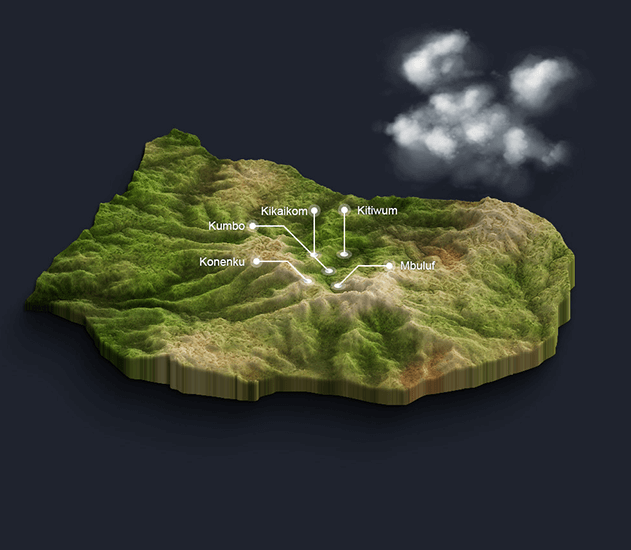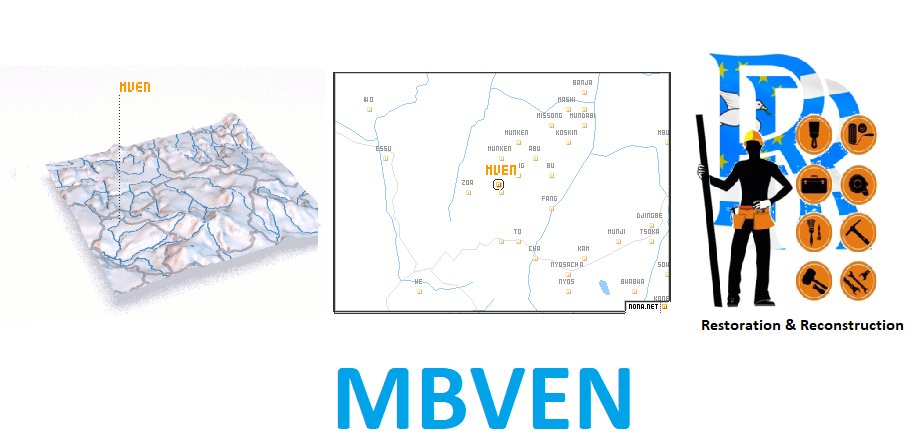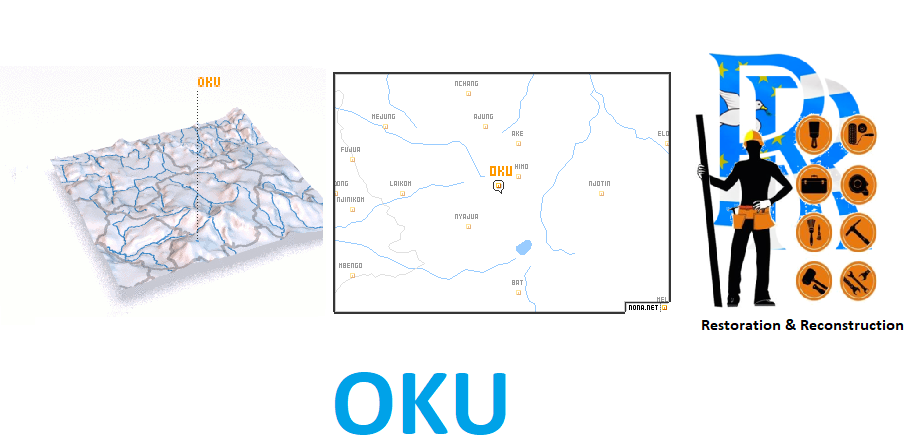People

Bui County
Nkum council is made up almost entirely of Nso people who are descendants of Ngonso,a princess of Rifem. In pursuit of her brothers Nchare and Nfoombam,Ngonso left Rifem and wandered with her followers to Ndzennso.
The departure of Ngonso and her brothers from Rifem was provoked by the enthronement of a half-brother instead of Nchare after the death of Kimi, their father. After a short stay at Ndzennso ,Ngonso and her followers moved to Kovifem where she met a small group of people known as the Visale,(30)thirty in number where the name Mntaar came from. The Nkor population is predominantly of the Noni ethnic group, sparsely settled across the Council area under ten (10) traditional Fondoms, with six (6) principal concentration zones along the Noni Ring Road at Mbinon, Lassin, Nkor, Dom, Din and Djottin. In addition to the indigenous Noni population, there is a growing trend for settler populations in the Council Area: a significant Fulani population, grouped into some eight (8) ardorates
LOCAL GOVERNMENT
Bui county includes four communes (Jakiri, Kumbo, Mven, Noni & Oku) covers an area of 2,297 km² and as of 2001 had a total population of 322,877.
The capital of the department lies at Kumbo. Bui is the 3rd largest county in the country and the 4th most populous. It is located in the Savannah State which includes Boyo, Donga-Mantung, Menchum and Ngo-Ketunjia. Among the Savannah States, Bui is the most populous and the 3rd largest in surface area.
RESOURCES
In the Nkum commune Mineral resources are limited to sand, stones and laterite quarries. Sand, stones and clay are some of the local materials found in the area, and mainly used for construction and craft. However the council is yet to exploit them fully. Sand is exploited at the individual level. Minerals are not known until a comprehensive survey is undertaken. Construction Sand deposits at Kinkoli stream and River Kibah in Kochi. Mineral resources available within Mbiame Council area include black stone quarries, sand and laterite pits. The products from such quarries are often used for house construction and road maintenance.
Bui-slideShow
ECONOMY
More than 90% of the population are farmers. Crops are cultivated for cash or subsistence. Crops grown include tea, oil palm, coffee, maize, beans, Irish potato, yam plantain, banana, garden crops and a variety of fruits. Various agricultural production systems are employed including fallowing, mixed cropping, mono cropping, continuous cropping and plantation farming. An agro industry; Cameroon Tea Estate exists with a tea plantation. Major cash crops of the area include, Arabica coffee), and market gardening crops. Other crops, which are gaining grounds as income raisers for the inhabitants of the area, are raffia palms (for raffia wine) and cola nuts. Coffee is mainly processed and marketed through the marketing co-operatives. Major food crops produced in the area are grains (maize and beans), tubers and roots (Solanum potatoes, aroids, yams and cassava) and plantains. Bui is the 5th least productive food crop producer nationally.





